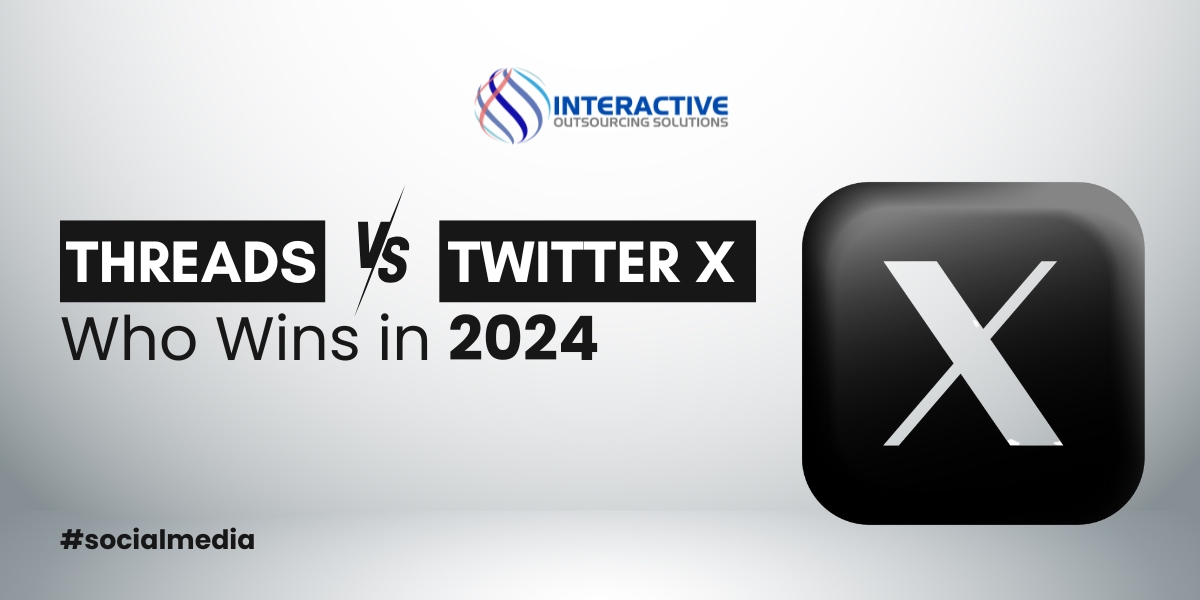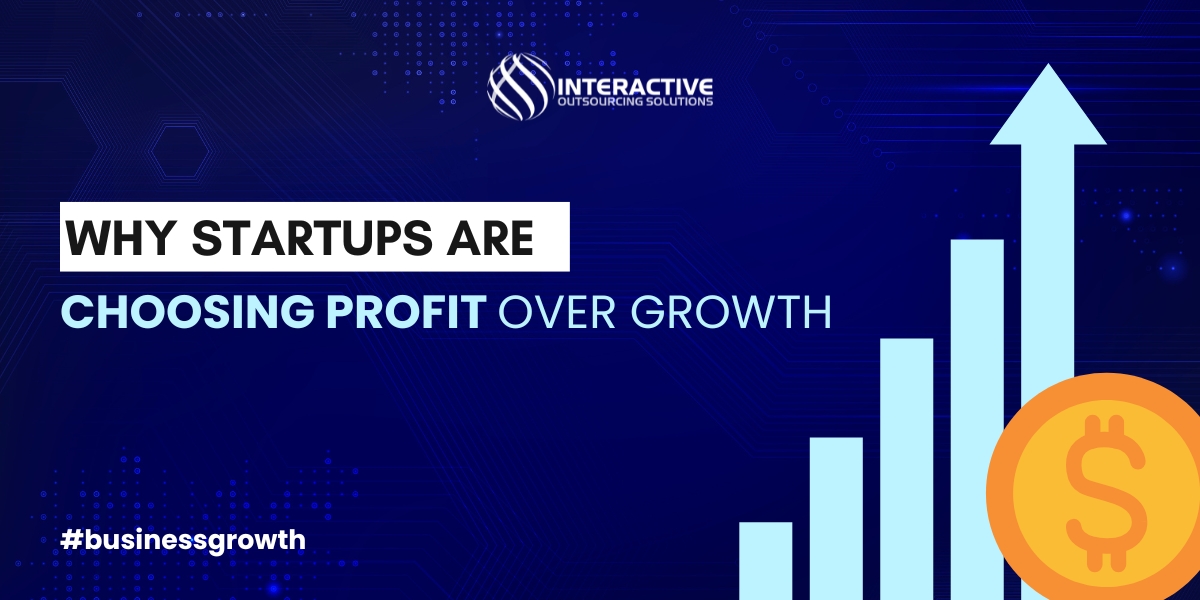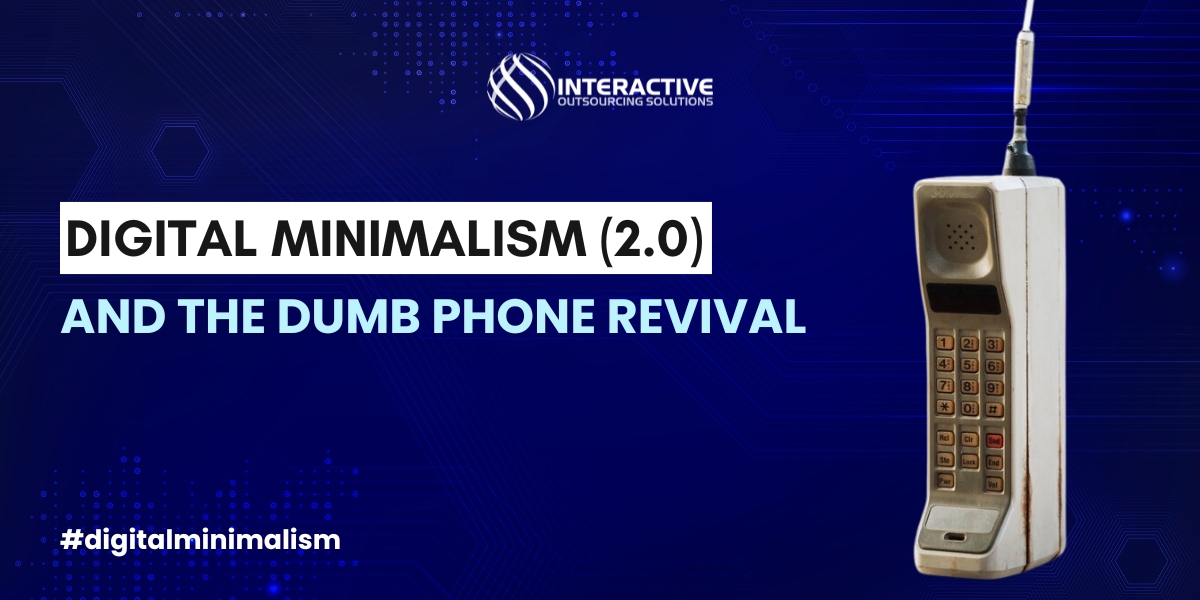Many businesses fall into the trap of setting a marketing budget without a clear strategy, leading to wasted money and missed opportunities.
If you don’t plan wisely, you might end up overspending in the wrong areas or not investing enough where it truly matters. This is where a well-structured marketing budget comes into the picture as it gives you control over your spending and helps you maximize results.
To set yourself up for success, here are five key things you need to consider before finalizing your budget.
What is a Marketing Budget?
A marketing budget is a detailed plan that outlines how much your business will spend on promoting your brand, products, or services. It includes all marketing-related expenses, such as advertising, content creation, social media, and digital campaigns, over a specific period, whether it’s a month, a quarter, or a full year. A well-structured budget ensures that your marketing efforts are both strategic and cost-effective, helping you reap the full benefits of your investments.
Key Factors to Consider When Setting Your Marketing Budget
Setting a marketing budget isn’t just about deciding how much you’re willing to spend, it’s about strategically allocating funds to maximize your return on investment. Whether you’re a small business or a large company, having a well-planned budget helps you invest in the right marketing channels, optimize spending, and drive business growth.
Before you finalize your marketing budget, here are five key factors to consider to ensure you’re making the most of your investments.
1. Determine Your Business Goals
Suppose you are planning a road trip without deciding on a destination, you’d end up driving aimlessly, wasting time and fuel. The same logic applies to your marketing budget. Before you allocate a single dollar, you need to have a clear idea of what you’re trying to achieve.
Your business goals will guide how much you should spend and where to invest. Are you looking to increase sales? Generate more leads? Grow your email subscribers? Boost brand awareness? Each of these objectives requires different marketing strategies and, therefore, different budget allocations.
To make your goals actionable, follow the SMART approach; specific, measurable, achievable, relevant, and time-bound. For example, instead of a vague goal like “increase sales,” aim for something more precise like “increase sales by 20% by the end of the year.” Having a concrete target not only keeps your team focused but also helps you measure the success of your marketing efforts.
2. Establish Your Sales Cycle
Imagine you’ve launched a new digital marketing campaign and attracted thousands of potential customers, but very few actually make a purchase. What went wrong? The answer often lies in your sales cycle.
Your sales cycle, or sales funnel, maps out the journey customers take before making a purchase. Typically, this process has four stages: awareness, consideration, decision, and action. In the awareness stage, potential customers recognize they have a problem and start searching for solutions.
During consideration, they explore different options and compare products or services. At the decision stage, they narrow their choices to a few businesses that meet their needs. Finally, in the action stage, they commit to a purchase.
By analyzing where potential customers drop off in your sales cycle, you can make smarter budget decisions. For instance, if you notice a significant drop in conversions between the consideration and decision stages, you might need to invest more in paid ads, retargeting, or persuasive landing pages.
Allocating your advertising budget based on your sales cycle ensures that you’re spending money in areas that will drive real results, rather than throwing it at random marketing tactics.
3. Know Your Outside Costs
Before you start allocating money to marketing, take a step back and look at the bigger picture. Your marketing costs don’t exist in a vacuum, they must fit within your overall business expenses. If you spend too much on marketing without considering other financial commitments, you could put unnecessary strain on your business.
Operational expenses, such as product development, manufacturing, and shipping, can eat up a significant portion of your budget. Salaries, employee benefits, and administrative costs also need to be accounted for. Then there are overhead expenses like rent, utilities, and software subscriptions that keep your business running.
Understanding these costs gives you a clearer picture of how much you can realistically invest in marketing while maintaining profitability. For example, if it costs you $10 to produce a product that sells for $50, you’ll want to ensure your marketing spend doesn’t take up a lot of your profit margins. Being aware of your outside costs allows you to build a marketing budget plan breakdown that aligns with your financial goals and ensures long-term sustainability.
4. Understand Your Market
Picture yourself launching a marketing campaign only to realize your biggest competitor is already dominating the space with a stronger, more aggressive strategy. Without understanding where you stand in the market, you risk investing in tactics that don’t give you a competitive edge.
Before setting your marketing budget plan, take time to analyze your competitors and their strategies. A competitor analysis helps you identify gaps in the market, discover what works for others, and refine your approach to attract your ideal audience.
Leverage competitor analysis tools to track their digital campaigns or use social media monitoring tools to see how people engage with their content.
This insight allows you to allocate your budget wisely, ensuring that your marketing efforts focus on areas where you can outperform competitors.
By understanding your market, you can make strategic spending decisions that maximize your profit and help your business stand out.
5. Choose the Right Marketing Strategies
To make the most of your marketing budget, you need to have a clear idea of which strategies align with your goals. While you don’t need to finalize every detail, knowing where to invest helps.
Some key marketing strategies to consider:
- SEO: Improves search rankings and drives organic traffic.
- PPC Advertising: Places paid ads at the top of search results to attract high-intent leads.
- Social Media Marketing: Builds brand awareness and fosters engagement.
- Social Media Advertising: Targets specific audiences with paid ads for better reach.
- Email Marketing: Nurtures leads with personalized content and offers.
- Content Marketing: Establishes authority through blogs, videos, and guides.
- Local SEO: Optimizes for local searches to attract nearby customers.
Choosing the right mix ensures your budget is spent wisely and delivers measurable growth.
Conclusion
If you want to avoid all the guesswork, setting a well-planned marketing budget is the answer. It helps you allocate resources wisely, align with business goals, and invest in the right strategies. This way, you ensure real results and maximize the return on your investment.
if you have budget constraints and still looking for some expert advice and an execution, for your next marketing adventure our team of experts at Interactive Outsourcing Solutions can surprise you with the best cost-effective and high-value return solutions.






